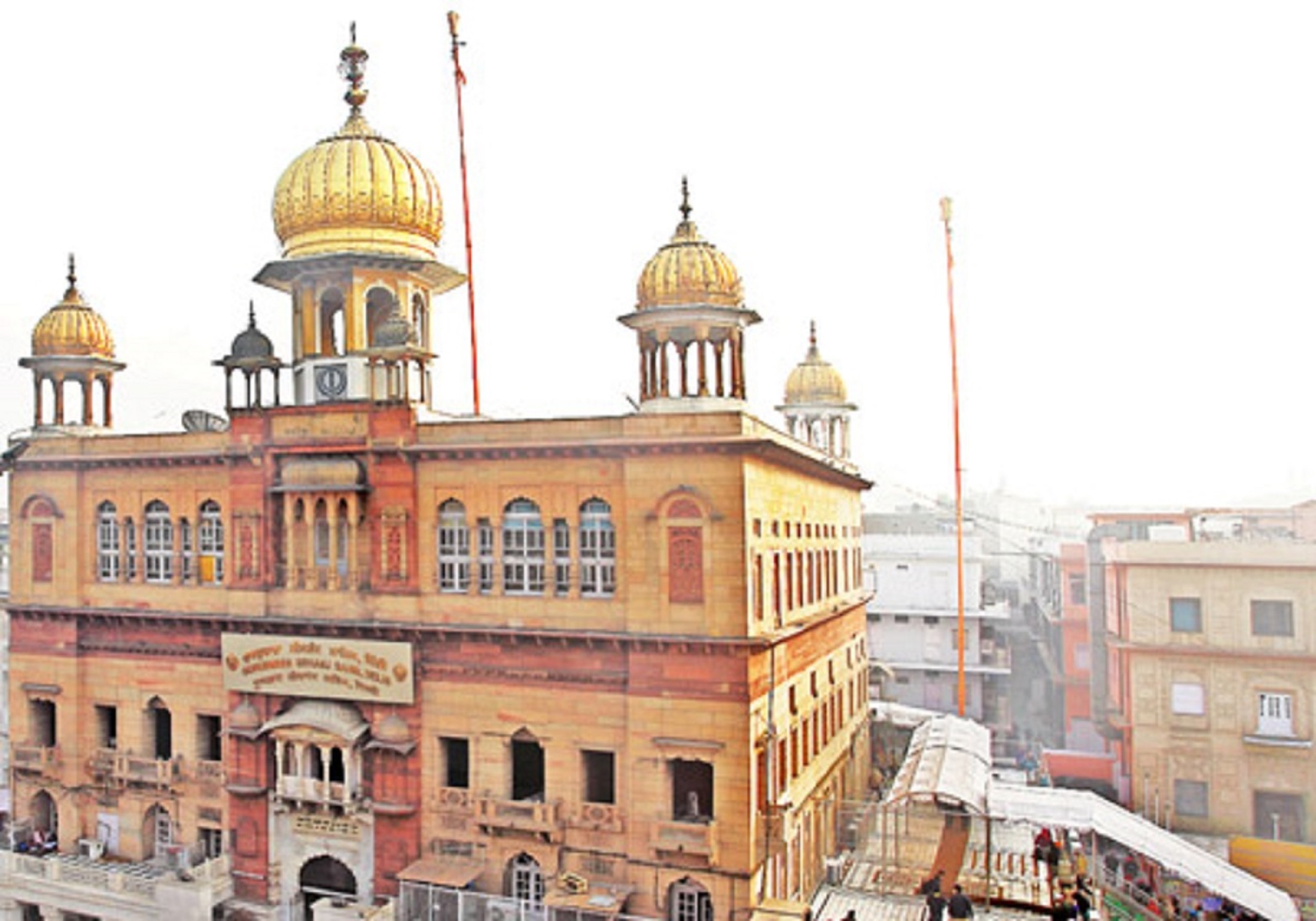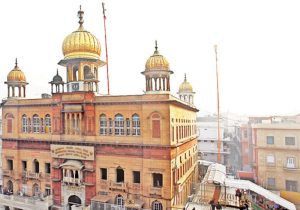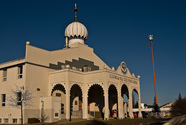
Gurdwara Sis Ganj Sahib
Chandni Chowk, Delhi, IndiaGurdwara Sis Ganj Sahib is a historic Sikh gurdwara located in Chandni Chowk, Old Delhi, India. It is one of the nine historical gurdwaras in the city that mark important events in the life of Guru Tegh Bahadur, the ninth Guru of Sikhism.
The gurdwara commemorates the martyrdom of Guru Tegh Bahadur, who sacrificed his life for the protection of religious freedom and the rights of non-Muslims during the reign of the Mughal emperor Aurangzeb in the 17th century. In 1675, Guru Tegh Bahadur was beheaded on the orders of Aurangzeb for refusing to convert to Islam.
Gurdwara Sis Ganj Sahib was built at the site where Guru Tegh Bahadur was martyred. Sis Ganj refers to the beheading of the Guru, as sis means head and ganj means treasury. The gurdwara stands as a symbol of courage, sacrifice, and religious freedom.
The present-day gurdwara was constructed in 1930 and is an important place of worship and pilgrimage for Sikhs. It has a beautiful white marble structure with a golden dome and features a large central prayer hall called the diwan hall, where Sikh scriptures, known as Guru Granth Sahib, are kept and worshipped.
Devotees visit Gurdwara Sis Ganj Sahib to pay their respects, offer prayers, and participate in religious ceremonies. Langar, a communal meal, is also served in the gurdwara, providing free food to all visitors irrespective of their religion, caste, or creed, in line with the Sikh principle of equality and service to others.
Gurdwara Sis Ganj Sahib is not only a place of religious significance for Sikhs but also an important historical and cultural landmark in Delhi. It attracts visitors from various backgrounds who come to learn about Sikhism, experience its rich traditions, and appreciate the legacy of Guru Tegh Bahadur.
 The ninth Sikh Guru, Guru Tegh Bahadur was beheaded here on 11 November 1675 on the order of Aurangzeb. Before his body could be quartered and exposed to public view, it was stolen under the cover of darkness by one of his disciples, Lakhi Shah Vanjara, who then burnt his house to cremate the Gurus body. This place is marked by another gurdwara, Gurdwara Rakab Ganj Sahib.
The severed head (Sis in Hindi or Punjabi) of Guru Tegh Bahadur was brought to Anandpur Sahib by Bhai Jaita, another disciple of the Guru. Before it was cremated, he took it to Ambala city for a night and there is another gurdwara as well by the name of Shri Sis Ganj Gurdwara near there local vegetable market, Gobind Rai, who would later become Guru Gobind Singh, the tenth and last Guru of the Sikhs.
The ninth Sikh Guru, Guru Tegh Bahadur was beheaded here on 11 November 1675 on the order of Aurangzeb. Before his body could be quartered and exposed to public view, it was stolen under the cover of darkness by one of his disciples, Lakhi Shah Vanjara, who then burnt his house to cremate the Gurus body. This place is marked by another gurdwara, Gurdwara Rakab Ganj Sahib.
The severed head (Sis in Hindi or Punjabi) of Guru Tegh Bahadur was brought to Anandpur Sahib by Bhai Jaita, another disciple of the Guru. Before it was cremated, he took it to Ambala city for a night and there is another gurdwara as well by the name of Shri Sis Ganj Gurdwara near there local vegetable market, Gobind Rai, who would later become Guru Gobind Singh, the tenth and last Guru of the Sikhs.




